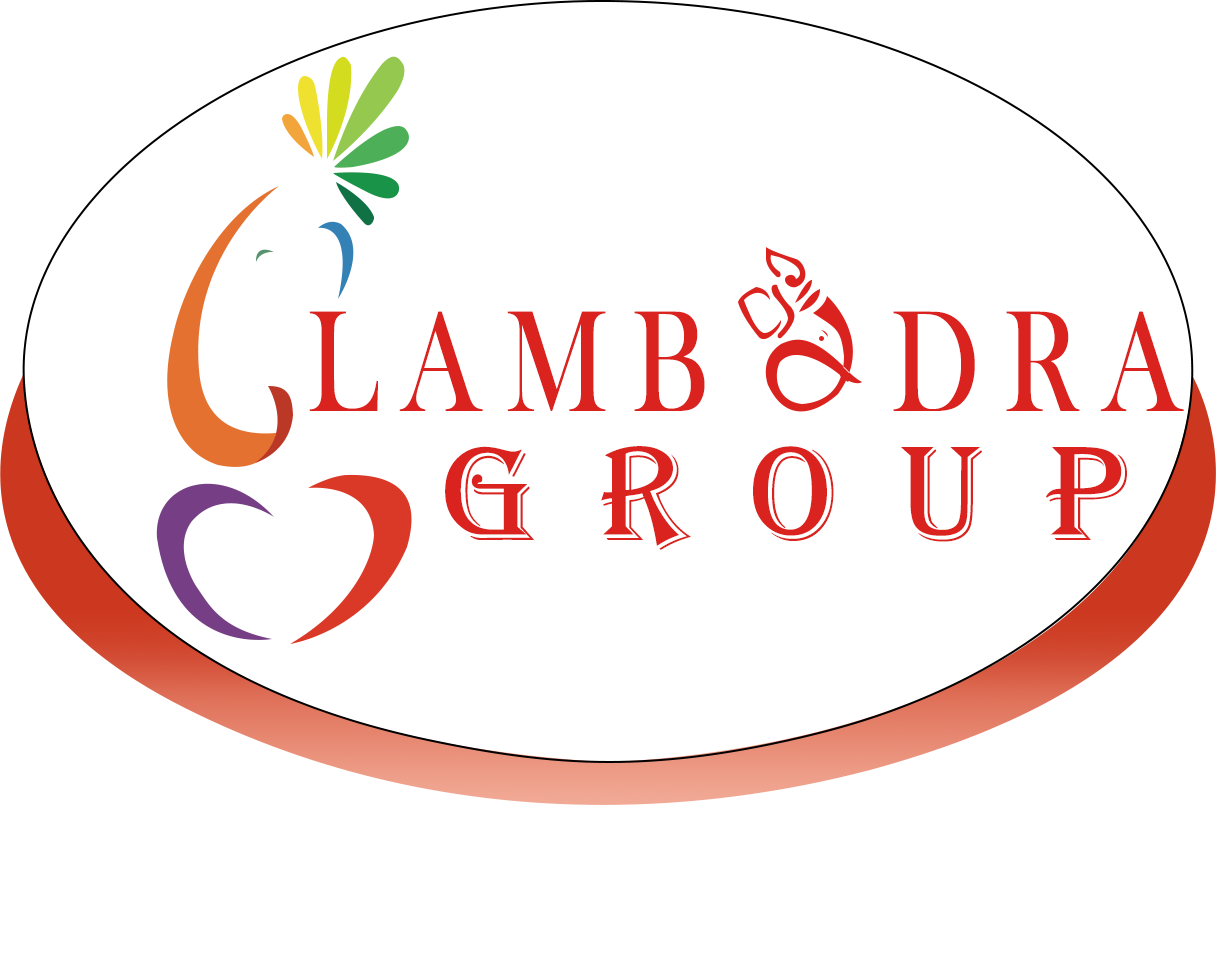Web development is the comprehensive process of creating, building, and maintaining websites and web applications that run efficiently on the internet (World Wide Web) or a private network (intranet). Web development involves various aspects such as web design, web content development, client-side and server-side scripting, network security configuration, and database management. It also includes optimizing user experience (UX), ensuring responsive design for mobile compatibility, integrating APIs, and maintaining website performance, accessibility, and SEO standards for improved visibility and functionality online.

Key Components of Web Development
Web development is fundamentally built upon several core technologies and areas of expertise, generally separated into two major components. These components work together to create dynamic, responsive, and user-friendly websites, ensuring smooth functionality, engaging design, and seamless interaction between users and web applications.
Front-End Development (Client-Side)
This is the visual and interactive part of the website that users directly see and engage with in their web browser. It focuses on the User Interface (UI) and User Experience (UX)
![]()
HTML (HyperText Markup Language)
The foundational language that defines the structure and content of the web page (e.g., headings, paragraphs, images). It is the skeleton of the website.
![]()
CSS (Cascading Style Sheets)
Defines the visual style and layout of the HTML elements, including colors, fonts, spacing, and responsive design for different devices. It is the style of the website.

JavaScript (JS)
A programming language that adds interactivity and dynamic behavior to the website, handling things like animations, complex forms, and responding to user actions. It is the interactivity of the website.


-
If You Have Any Doubt
Click Here To call +233 55 11 222 33
Web Development and the Role of Lambodra Group
The digital economy is expanding rapidly across Africa, particularly in markets like Ghana and Nigeria. A professional online platform is a critical asset for businesses seeking to establish credibility, attract customers, and facilitate transactions. Lambodra Group is one such technology firm that has positioned itself as a provider of comprehensive IT solutions, including web development services. For businesses operating in or looking to enter the West African market, a partner like Lambodra Group may be sought out for their understanding of the local digital landscape, which is essential for developing solutions tailored to regional user behaviors, mobile access trends, and specific integration requirements.
 Custom Approach: Ability to create personalized, conversion-focused websites rather than generic templates.
Custom Approach: Ability to create personalized, conversion-focused websites rather than generic templates. Technical Stack: Proficiency in modern, scalable technologies for both front-end and back-end development.
Technical Stack: Proficiency in modern, scalable technologies for both front-end and back-end development. Integrated Solutions: Offering services beyond just development, such as Digital Marketing, SEO, and robust hardware/networking support.
Integrated Solutions: Offering services beyond just development, such as Digital Marketing, SEO, and robust hardware/networking support. Proven Track Record: Offering services beyond just development, such as Digital Marketing, SEO, and robust hardware/networking support.
Proven Track Record: Offering services beyond just development, such as Digital Marketing, SEO, and robust hardware/networking support.


